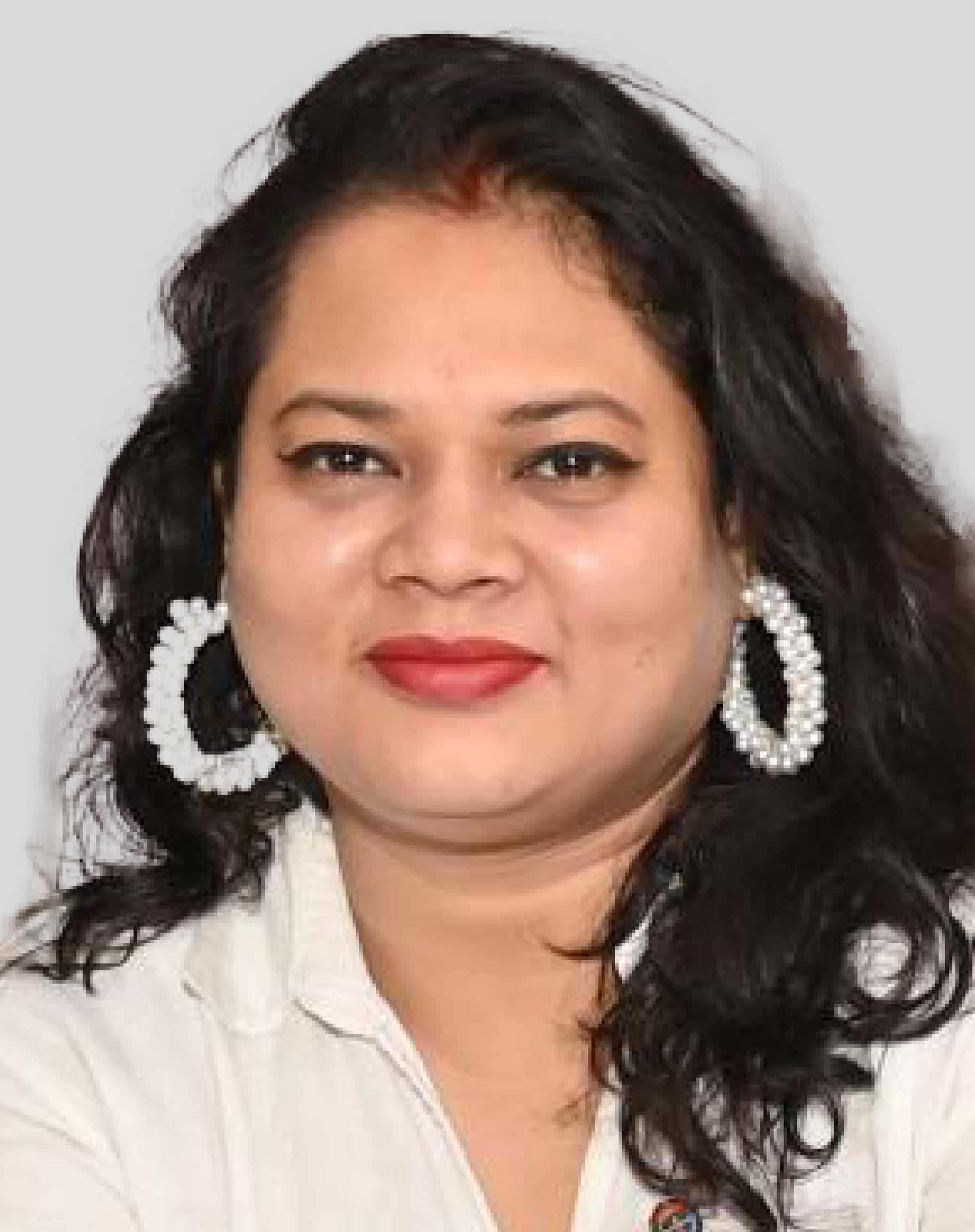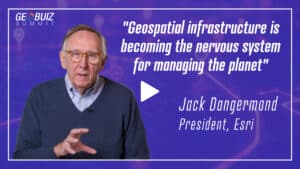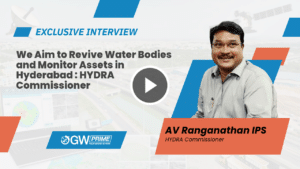In a conversation with Geospatial World, Dr CN Prabhu, Joint Director, Technical, of Bihar Mausam Seva Kendra, a center under the Planning and Development Department, Government of Bihar discusses the use of geospatial in disaster management in a flood-prone state.
What is the mission of Bihar Mausam Seva Kendra?
The mission of our organization is to take weather information and advisories to the end-users in a simple and comprehensible manner.
The climate is changing very rapidly and will continue to do so in the future, which is why we want to create a sustainable society across the country.
What geospatial technologies does your department use?
Currently, we are using Esri India’s product ArcGIS along with other available tools. With all the data that is coming through our research field, we are using various geospatial technologies to process and create products out of these datasets.
The weather information and data are spread across many regions and are available at different spatial resolutions. This makes data collection slightly complex. We always try to collect the data at the finest resolution possible. Then, the GIS technology helps us in analyzing the data and giving us an exact replica of the ground.
Otherwise, the data captured in the form of tabular or graphs are not of any use to us since they do not provide a spatial perspective. However, if that map is interactive and has some tools to scan the data in multiple ways, it becomes more beneficial for us.
Given the nature of our job, we cannot limit ourselves to one particular region and analyze the data we receive from there alone. The neighbouring regions are equally important. Unless we visualize what is happening in that area on a geographical platform, it’s difficult to get a hold of the weather data.
To manage the change in weather conditions, the collection, processing, and visualization of data in a customized way is important. This is where we use GIS.

Since rural communities are often not tech-savvy, what are the challenges that you face in creating awareness or technical installations?
The perception of the general public not being able to get along with advanced technology which they have never seen brings about hesitation in providers as well as end-users. The first challenge is to break this barrier.
That kind of awareness is very little. Another reason is such things are not taught in the curriculum. It’s only in the very specialized field that they are introduced only to the basics.
How can you expect even the graduates to know about GIS? Once we create that kind of awareness, certainly people are going to appreciate it.

How are you procuring the data for weather forecasting?
Our organization does not physically procure the data. Instead, we have installed a set of sensors at different geographical layers from where we collect the ground data.
To be precise, we have a rain gauge in Bihar every three square kilometers and in every 150 square kilometers, we have a weather station.
The disparity between the weather station and rain gauge system is because weather conditions do not change as much as rainfall. So we have put up the weather sensors at the block level, and the rain gauge sensors at the panchayat level.
We directly take the data coming through these stations into our server through the GPRS network with other very high temporal resolutions. We collect the data every 15 minutes.
For other data like remote sensing, we have collaborated with ISRO. We also collaborate with private companies, when needed, for developing tools on the GIS platform for analysis, developing custom dashboards, or creating a GIS-based application.
Apart from these, most of the things we do with in-house capacity. We have scientists, and engineers that carry out these tasks in our team of about 10-15 people, doing for the entire state.

Climate change is a burning issue right now and Bihar has faced inundation for many years. Are you using geospatial data to manage the situation better?
Until recently, we had a very limited number of sensors to monitor the rain gauge. Now, with the government of Bihar investing resources and money into it, we’ve grown to have 8,400 sensors at the panchayat level. This gives us a clear picture of the place, intensity, and amount of rainfall at any given place.
With this information only, we are managing the flood situation in Bihar. There are different sources of water, one is water coming through river channels, streams from outside, or rainfall. Unless we measure both of them properly, we will not be able to manage the flood properly. So we are measuring the rainfall at a very fine scale, and the water coming from outside is also being measured as well as what will be the cumulative effect at any point of place down the stream.
This data is fed to the GIS platform, from where we can see where it is raining and with what intensity. When the intensity is increasing, we can calculate what would be the surface runoff, depending on the land use pattern there, and whether that can lead to flood or inundation in that area. Or if not there, down the line, along this stream, anywhere in the banks.
With a lot of lead time, we will be able to caution the downstream people. By looking at what is happening upstream, we will be able to caution the downstream when and how it is approaching. We are trying to do this in Bihar at the moment, which is going to bring a lot of change in flood management in Bihar.

Does your agency engage or collaborate with users or geospatial technology private providers to develop a better understanding of the evolving user demands?
We engage with private agencies in a formal way through a proper process. It’s not just outsourced, we work on a day-to-day basis with them. We provide them with the task, give guidance, and very periodically, methodically, we verify and do the corrections. So that, we are able to develop the tools or the applications, the way we want them.
Demand is coming from the end users, we take it, squeeze it into a workable format, and take the help of private players to develop that application.









